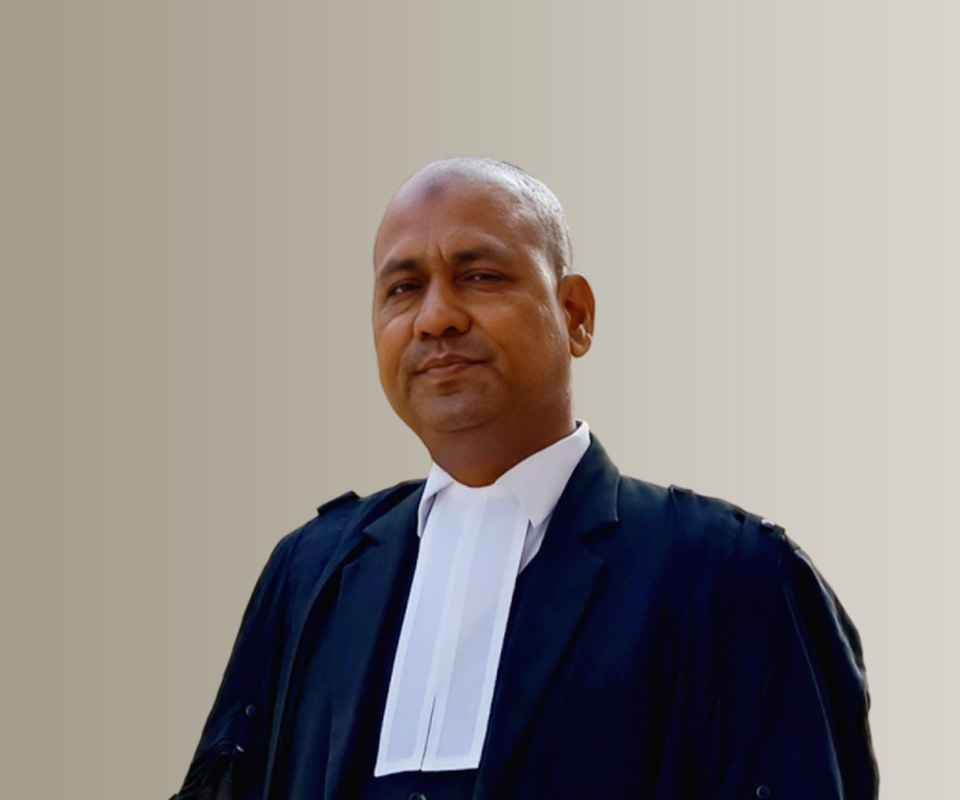Answer By law4u team
In India, the adoption process for abandoned or orphaned children is a well-structured legal procedure governed by the Juvenile Justice (Care and Protection of Children) Act, 2015 (JJ Act) and regulated by the Central Adoption Resource Authority (CARA). The law prioritizes the best interests of the child, ensuring that the adoption process is ethical, transparent, and legally binding. It provides a clear path for the adoption of children who are abandoned, orphaned, or surrendered, ensuring their protection and welfare throughout the process.
The Adoption Process for Abandoned or Orphaned Children
1. Declaration of the Child as Legally Free for Adoption
The first step in the adoption process for abandoned or orphaned children is for the child to be declared legally free for adoption. This involves the following steps:
- Child’s Status Determination: A child who is abandoned or orphaned is brought to a government-recognized child care institution or adoption agency.
- Investigation and Declaration: The agency or institution conducts an investigation into the child's background, and the Child Welfare Committee (CWC) determines if the child is truly abandoned, orphaned, or surrendered by the biological parents.
- Legal Declaration: The child is then declared legally free for adoption by the CWC after making sure there is no chance of family reunion and that the birth parents are not reclaiming the child. The biological parents must have either abandoned, surrendered, or passed away without leaving a legal guardian.
2. Role of the Juvenile Justice Act (JJ Act)
The Juvenile Justice (Care and Protection of Children) Act, 2015 lays down the legal framework for the care, protection, and adoption of children in India. Under the JJ Act, the process of adoption for abandoned or orphaned children follows these important steps:
- Child Welfare Committee (CWC): The CWC is responsible for overseeing the welfare of children who are abandoned or orphaned. The CWC must ensure that the child’s welfare is the top priority and that they are provided with appropriate care before being declared free for adoption.
- Surrendered Children: In the case of surrendered children, biological parents who wish to give up their child must do so voluntarily, after undergoing counseling. The CWC ensures that the surrender is done in a legal, ethical, and transparent manner.
- 60-Day Waiting Period: Once a child is declared legally free for adoption, there is usually a 60-day waiting period to ensure that the child is not claimed by the biological parents. During this time, the child is in the custody of the child care institution.
3. Matching the Child with Prospective Adoptive Parents
After the child is declared free for adoption, the process of matching the child with suitable adoptive parents begins:
- CARA-Approved Adoption Agencies: The Central Adoption Resource Authority (CARA) coordinates the adoption process and works with CARA-approved adoption agencies that handle the matching process. These agencies are responsible for registering the prospective adoptive parents (PAPs) and ensuring they meet the legal requirements.
- Eligibility Criteria for Adoptive Parents: Prospective adoptive parents must meet certain eligibility criteria set by CARA and the JJ Act, such as age limits, financial stability, and health status.
- Matching Process: The child is then matched with a family based on factors such as the child’s age, gender preference (if any), and the adoptive parents’ preferences and suitability. This matching is done through a Centralized Adoption Resource Information and Guidance System (CARINGS).
4. Consent and Legal Formalities
Once the child is matched with an adoptive family, the following legal steps are taken:
- Court Approval: The adoption must be legalized by a court order. The court will examine the adoption application, conduct interviews, and ensure that all legal procedures have been followed.
- Adoptive Parents’ Consent: The prospective adoptive parents must provide written consent to adopt the child.
- Adoption Order: After reviewing the case, the court issues a final adoption order, which officially transfers the legal custody of the child to the adoptive parents.
5. Post-Adoption Follow-Up
After the adoption is finalized, the law mandates post-adoption follow-ups to ensure that the child’s well-being is being looked after in the adoptive home:
- Regular Monitoring: The adoption agency or the government may conduct post-adoption visits to monitor the child’s adjustment in the new home and ensure the parents are fulfilling their responsibilities.
- Welfare of the Child: These visits help ensure that the child’s health, education, and emotional welfare are in good condition and that the adoption is a successful, loving experience.
Special Considerations for Abandoned or Orphaned Children
- Reunion with Biological Parents: The primary goal of adoption for abandoned or orphaned children is to find a permanent, loving family. If the child is reclaimed by their biological parents within the legal time frame, they may be reunited. However, once the adoption process is finalized and the child is legally adopted, the biological parents lose their legal rights over the child.
- Child’s Welfare: Adoption agencies and the CWC are responsible for ensuring that the child’s emotional and physical welfare is prioritized during the entire process, including during the waiting period before adoption.
Example
A child named Meera, aged 4, was abandoned at a train station and found by local authorities. Meera was sent to a child welfare institution where the staff confirmed that she was indeed abandoned. The CWC declared her legally free for adoption after the 60-day waiting period. Meera was then matched with a couple in Mumbai through a CARA-approved adoption agency. After a thorough assessment of the couple’s background and readiness, the adoption was approved by the court. Post-adoption follow-up visits ensured that Meera adjusted well in her new home and was thriving.
Summary
The adoption process for abandoned or orphaned children in India follows a strict and well-defined legal procedure under the Juvenile Justice Act and is regulated by the Central Adoption Resource Authority (CARA). The process includes declaring the child legally free for adoption, matching the child with suitable adoptive parents, completing the legal formalities through the court, and ensuring post-adoption monitoring for the welfare of the child. The law prioritizes the child’s best interests and ensures that the adoption process is ethical, transparent, and legally binding, providing these children with a chance for a safe and loving family.







